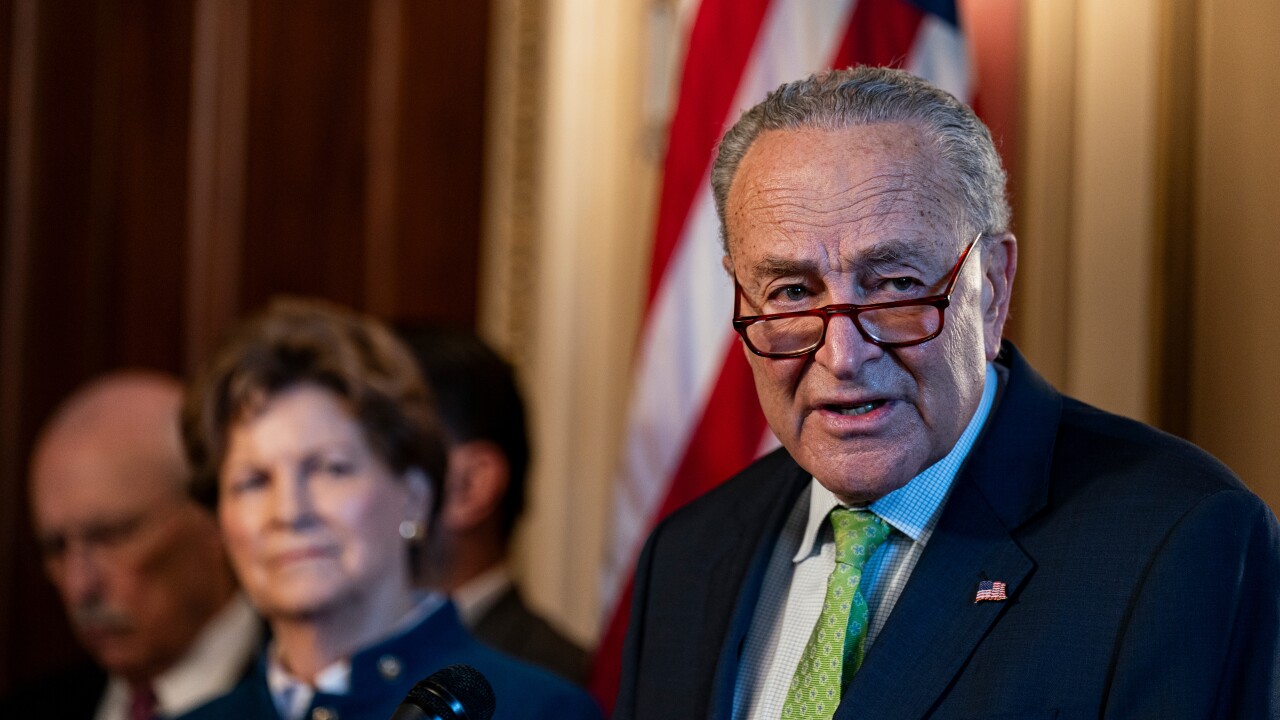DALLAS – Texas received $2.56 billion in sales tax in July, the highest total in 20 months and 7.9% more than a year earlier, state Comptroller Glenn Hegar reported.
The amount tabulated in July and representing sales in June was the most since November 2015’s $2.58 billion.

“Sales tax receipts from all major economic sectors were up compared to last year,” Hegar said. “The most notable increases were from oil- and gas-related industries, as spending on well development continues to rebound. Despite the recent uptick, sales tax revenue remains in line with recent estimates from my office.”
Total sales tax revenue for the three months ending in July 2017 is up 7.3% from the same period a year ago.
Sales tax revenue is the largest source of state funding for the state budget, accounting for 56% of all tax collections. Motor vehicle sales and rental taxes, motor fuel taxes and oil and natural gas production taxes also are large revenue sources for the state.
Despite lackluster energy prices, oil and natural gas producton taxes in July rose almost 25% to $251.5 million.
Fuel taxes rose 3.7% to $308.2 million.
Motor vehicle sales and rental taxes fell 7.3% to $384.7 million, a reflection of declining auto sales nationally.
Hegar’s next monthly report may not be as positive if data from the Federal Reserve Bank is any indication.
Retail sales fell in July for the first time in nine months, according to business executives responding to the Dallas Fed’s Texas Retail Outlook Survey. The sales index moved down five points to a negative 1.1 in July. Inventories increased at a slower pace.
Labor market indicators were mixed in July. The employment index plunged 10 points to a reading near zero, suggesting retail employment was unchanged on net. The hours worked index rebounded to positive territory to a reading of 3.3, suggesting workweeks lengthened in July.
Retailers’ perceptions of broader economic conditions reflected less optimism in July. The general business activity index fell to 4.3 from 9.6. The company outlook index retreated to a reading near zero, as the share of respondents reporting that their outlook improved from last month equaled the share noting that it worsened.
Retail price and wage pressures increased, according to the survey. The selling prices index advanced seven points to 10.3. The wages and benefits index edged up from 15.3 to 17.7, although the majority of firms continued to note no change in compensation costs.
“Retailers’ perceptions of future broader economic conditions reflected less optimism in July,” the report said. “The index of future general business activity fell five points to 15.4. The index of future company outlook dropped 13 points to 9.9. Indexes of future retail sector activity mostly reflected less optimism.”
Even with the retail softness, the Texas service sector activity continued to reflect expansion in July, according to business executives responding to the Dallas Fed’s Texas Service Sector Outlook Survey. The revenue index, a key measure of state service sector conditions, edged up one point to 15.7 in July.
“Labor market indicators reflected slower employment growth and longer workweeks this month,” the report said. “The employment index moved down four points to 7.5. The hours worked index rose from 4.3 to 8.1.”





